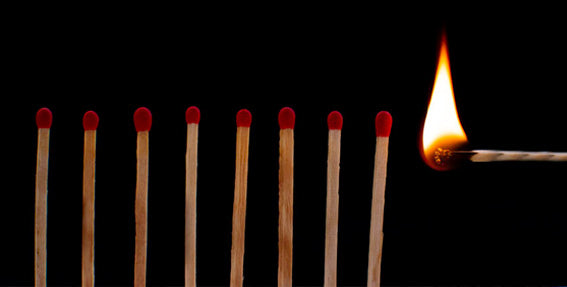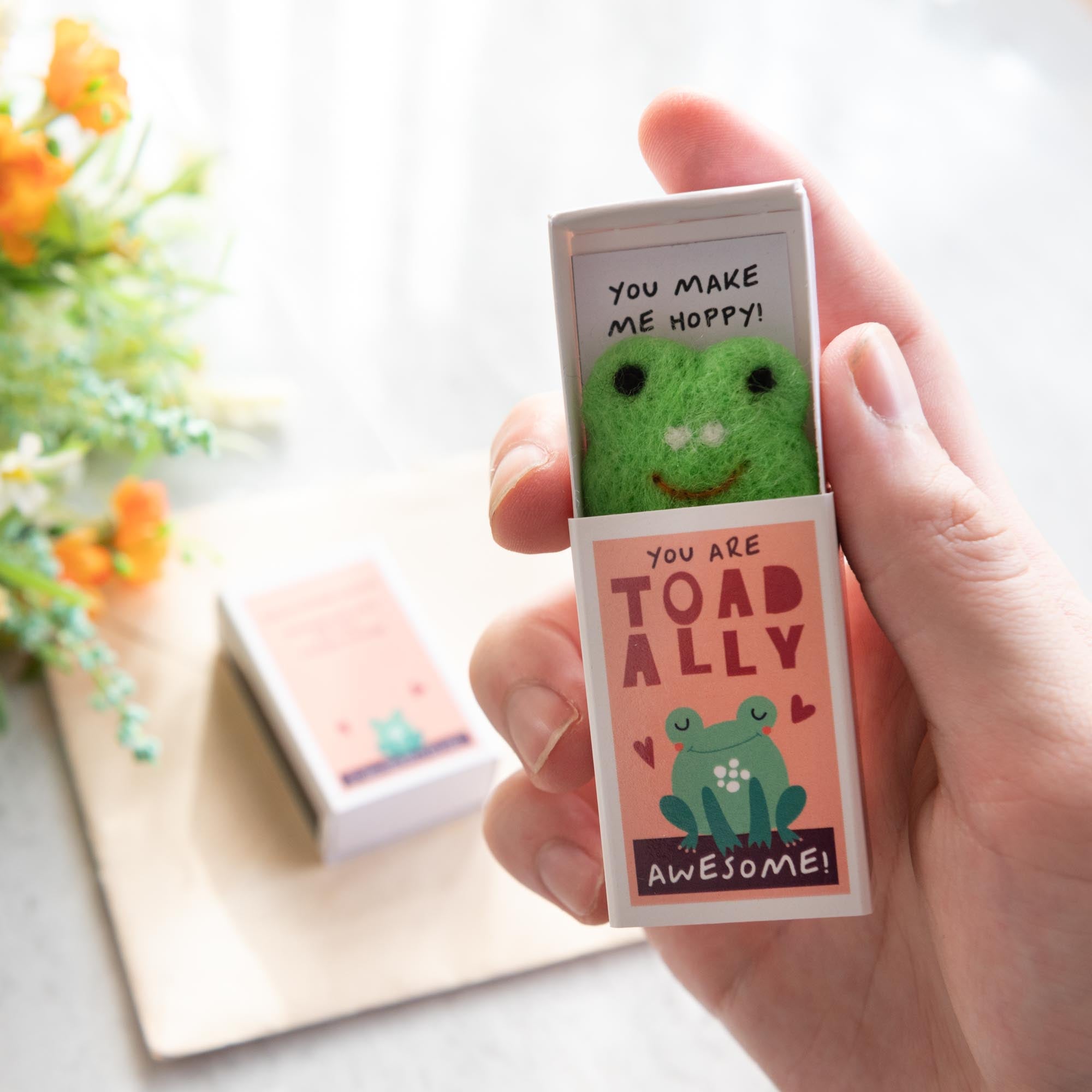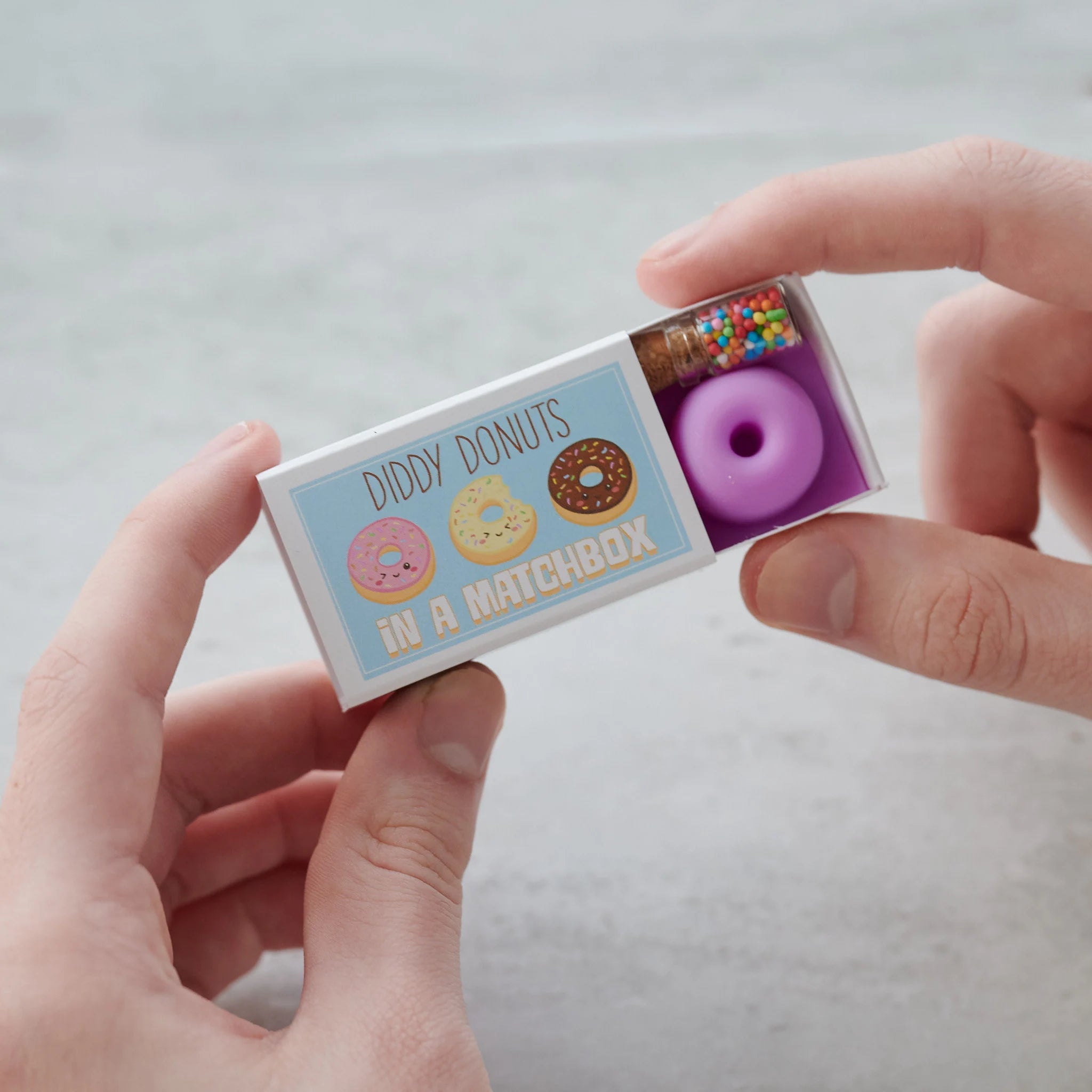When you look at a box of matchboxes, you are not likely to think much of it, and you wouldn’t expect such a small box to carry so much history. From matches killing people and causing deformities to matchboxes being used as stocking fillers, you can say that a lot has changed over the years.
The First Matchboxes
Matches have been used within society since 1827, and matchboxes were later created in the 1840s. Previously you could light a match on any rough surface, which unsurprisingly became a safety hazard and this is when the matchbox design became necessary. The safety match was created so that people would have to use the side of a matchbox to actually light the match.
Who Created The Match?
Before the matchbox/match was created there were a variety of inventions that tried to create an item that could produce fire, many were much more complicated than the matches we know now. This included the rubbing together of sticks and one known as Samuel Jone’s ‘Promethean Match.’ This was created in the 1820s and consisted of a small bead of glass containing a drop of vitriol, that was placed into paper with chlorate of potash, gum and sugar and then rolled up into a paper spill. Once the glass was broken it would light up the paper with a flame but like many other inventions, this was dangerous and you could never predict what was to happen.
The invention of the match is usually associated with John Walker, who created the starting point for the match, which people then took further and further to get to the point we are at today. The creation happened while John was experimenting with explosives when he accidentally scraped his mixing stick coated with potassium chlorate and antimony sulphide on the hearth when the stick set alight. This then led to him creating the first matches, which were lit by being scraped across a piece of glass paper.
This was fantastic because it meant that people could create fire upon demand. This was used for both heating and lighting purposes, and it wasn’t the middle class that only had light within their houses anymore. As the matches were being used for production within Britain, it meant that there was a high demand for the production of matches which led to factories opening up to satisfy this need.

The Bryant And May Factory And The Deadly Lucifer Matches
The Bryant and May factory was one of the biggest in Britain started by Francis May and William Bryant, and what started as a way to import matches during 1843, soon led to the manufacturing of them too. They started by making the matches called the ‘Lucifer’, which is rumoured to have been created by either John Walker or Samuel Jones. This led to a huge demand for Lucifer matches.
These matches were cheap, due to how easy they were to produce as they worked by a chemical reaction when the tip of the match was struck. The tip included a white or yellow toxic chemical known as phosphorus.
This chemical was extremely dangerous because the phosphorus would permanently disfigure the worker’s jaws and lead to a death known as phossy jaw. The only way that your death could be prevented was through the removal of your whole jaw bone, and if you did not go through with this you would die of organ failure. Sadly, this was done during a time where jobs were at high demand and there was always someone desperate enough to take on a job, no matter how dangerous it was.

However, during the year 1888, the factory workers had had enough of the awful working conditions and the female workers walked out during a famous workout known as the great Match Girls Strike. The strike occurred not only due to bad working conditions but because workers were fired due to an article publication of the horrible conditions, which therefore led to all 1400 women striking.
Bryant insisted that the work people were paid well and the girls were paid between 5 to 18 shillings a week, but the reality was that it was far less. It turns out the company shareholders took 34% of profits themselves and had thousands to spend on themselves. Luckily, on the 18th of July, the strike was over and the women had their demands met. It was not until 1910 that through press coverage and public campaigns that Lucifer matches were brought to an end and the company was shut down.
The Salvation Army
You may be wondering how the Lucifer matches were allowed to stay around for so long and why nobody did anything to prevent the growing problem. Well, that’s actually not the case, the Salvation Army made the plans for a Salvation Army match factory a big priority after learning of the horrible conditions of the Lucifer matchbox makers. Victor Bailey made it known that the aim of the matchbox factory was to undermine the larger match firms that were using dangerous materials to create their matches. The matches the Salvation Army factory used trade union-approved conditions and chemicals that were not dangerous.

To get out their message and promote the matches the Salvation Army would argue that no salvationist could keep buying the matches of big companies knowing the terrible conditions the female workers worked under and how they were in some ways contributing to the deaths of many. They were also known to be matches that you could strike safely instead of striking anywhere, therefore showing how they were also less dangerous to those using them and buying the product.

Sadly, although the matches had a message that many people agreed with, the matches were more costly than those of the bigger companies due to its red phosphorus (that is still used in today’s matches) and therefore even Salvationists were buying the cheaper products. Over time, this led to the factory shutting down during 1901, but the Salvation Army’s message played a huge part in matches being safely made as we see them today.
Matches In Today's Society
Matches are still a huge part of society but nowadays they are less commonly used to create heat and sources of light. The matches we use now are made of oxidizing agents such as potassium chlorate mixed with sulfur, fillers and glass powder. The box also consists of red phosphorus, binder and powdered glass, all of which is safe to use and make. There are now many safety match brands dominating the matchbox industry that include Diamond and Ship safety that you can rely on to not be dangerous. This is a huge improvement from what we have seen in previous decades and we can only wish it happened sooner.
























